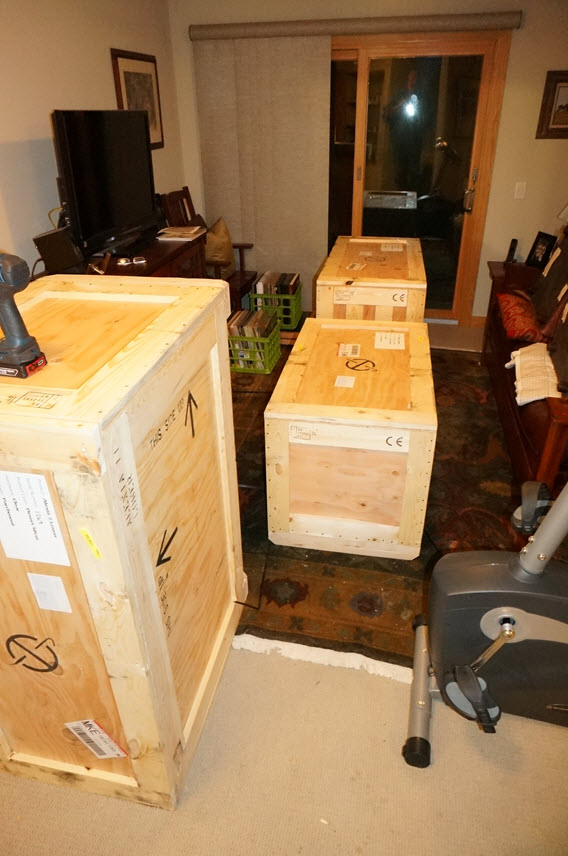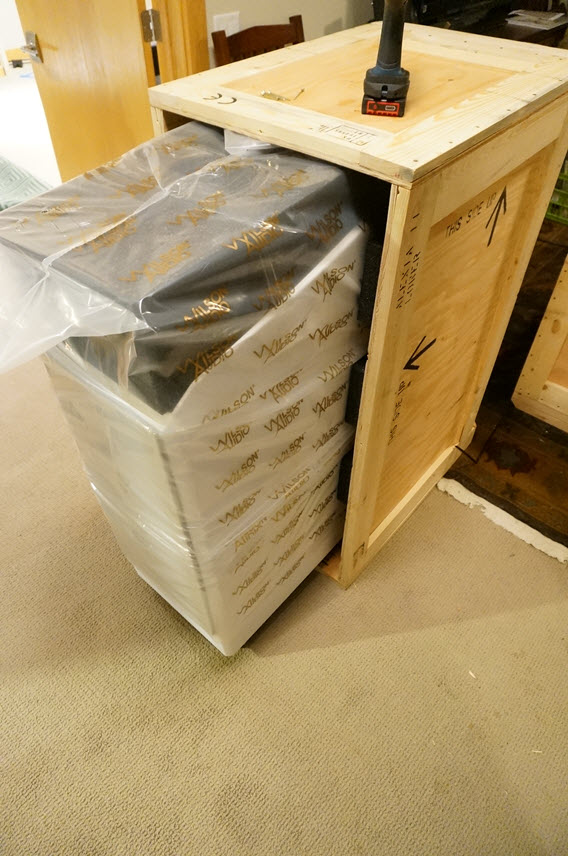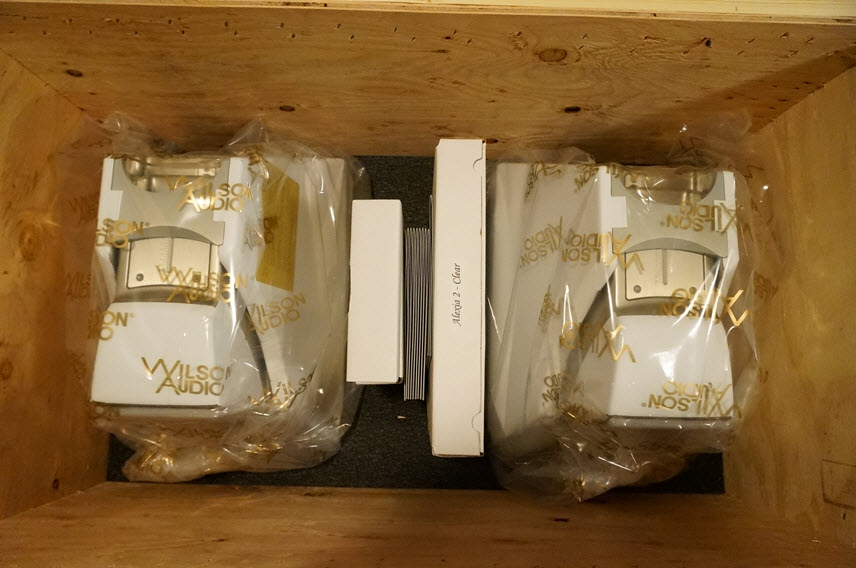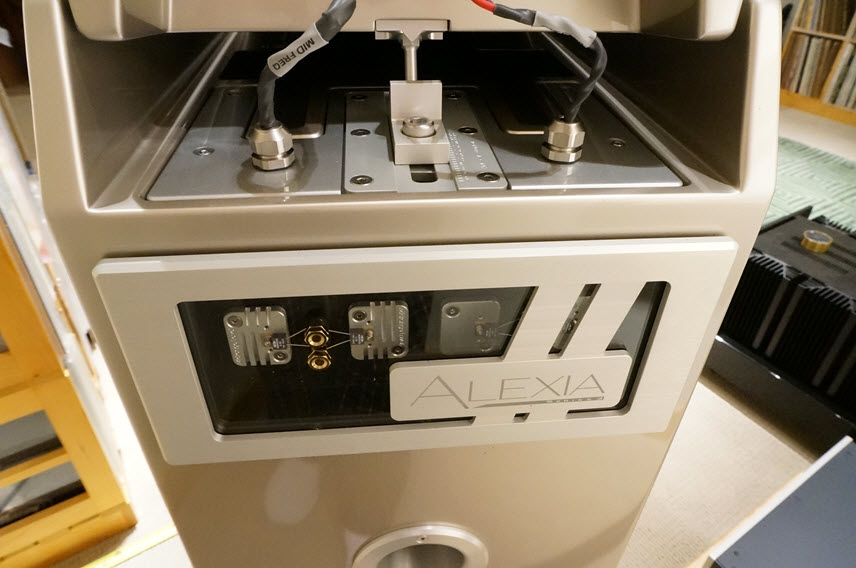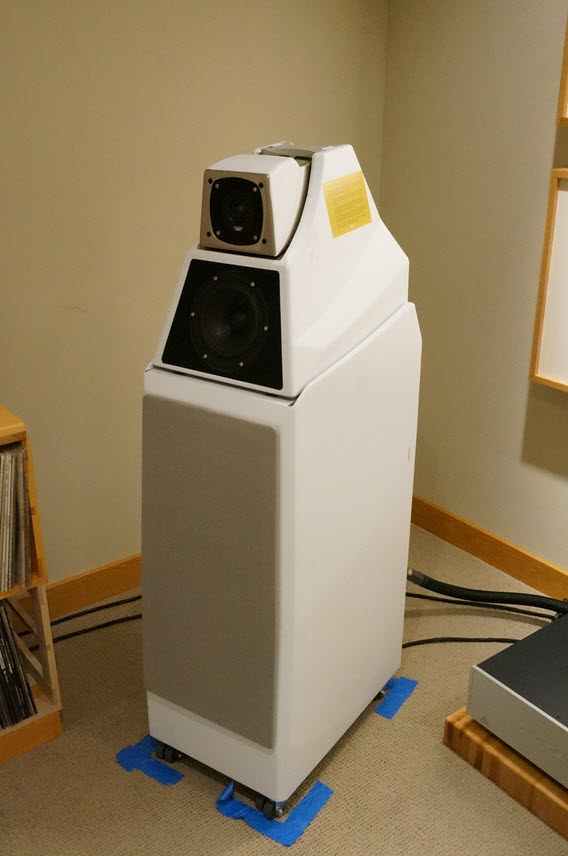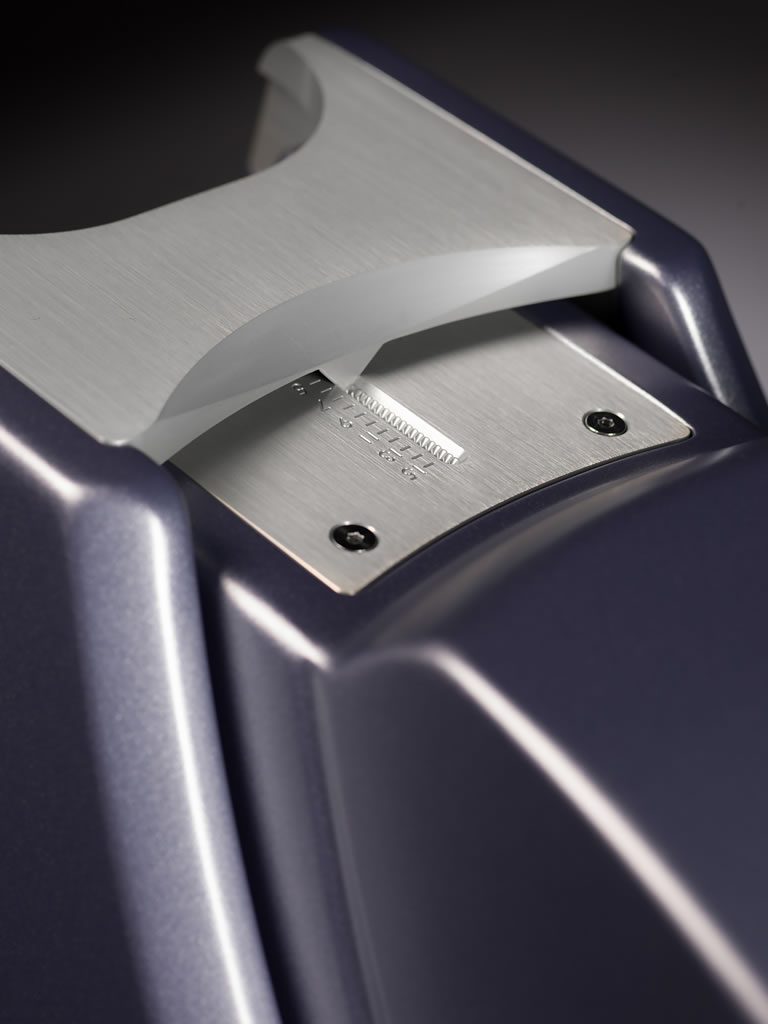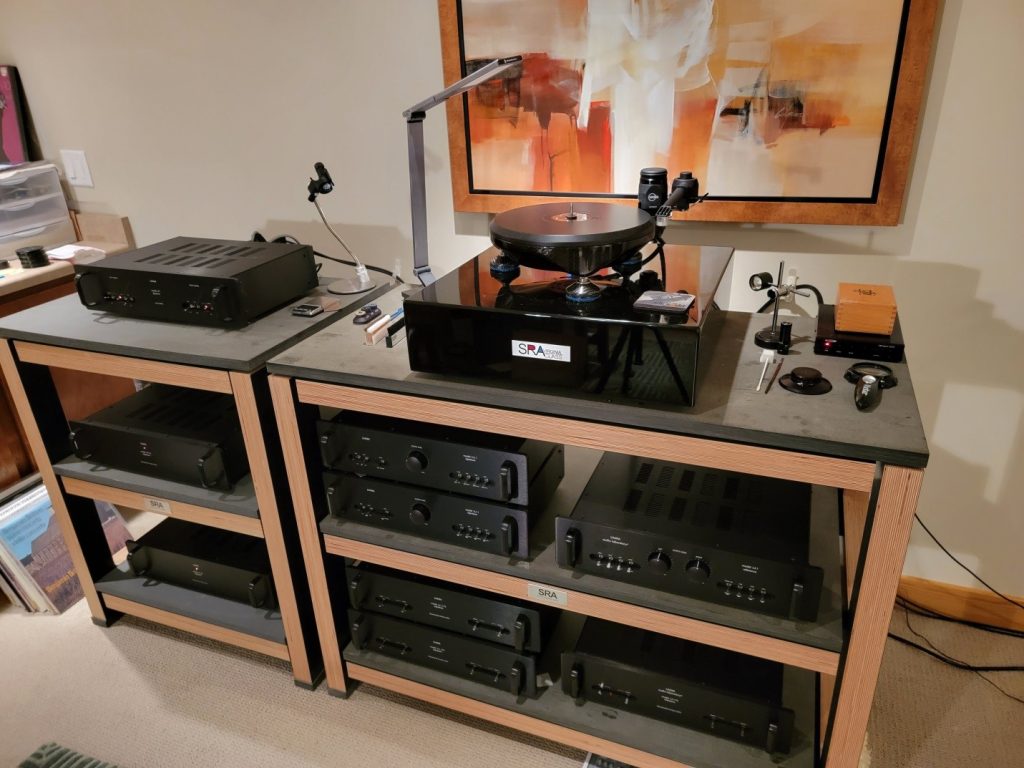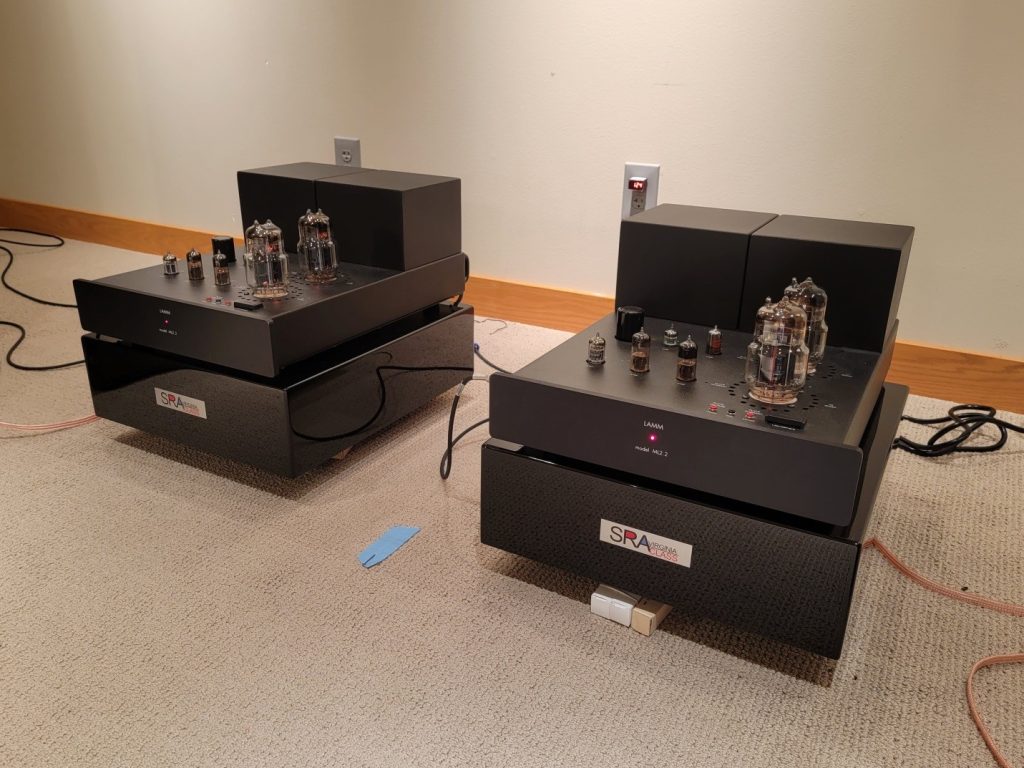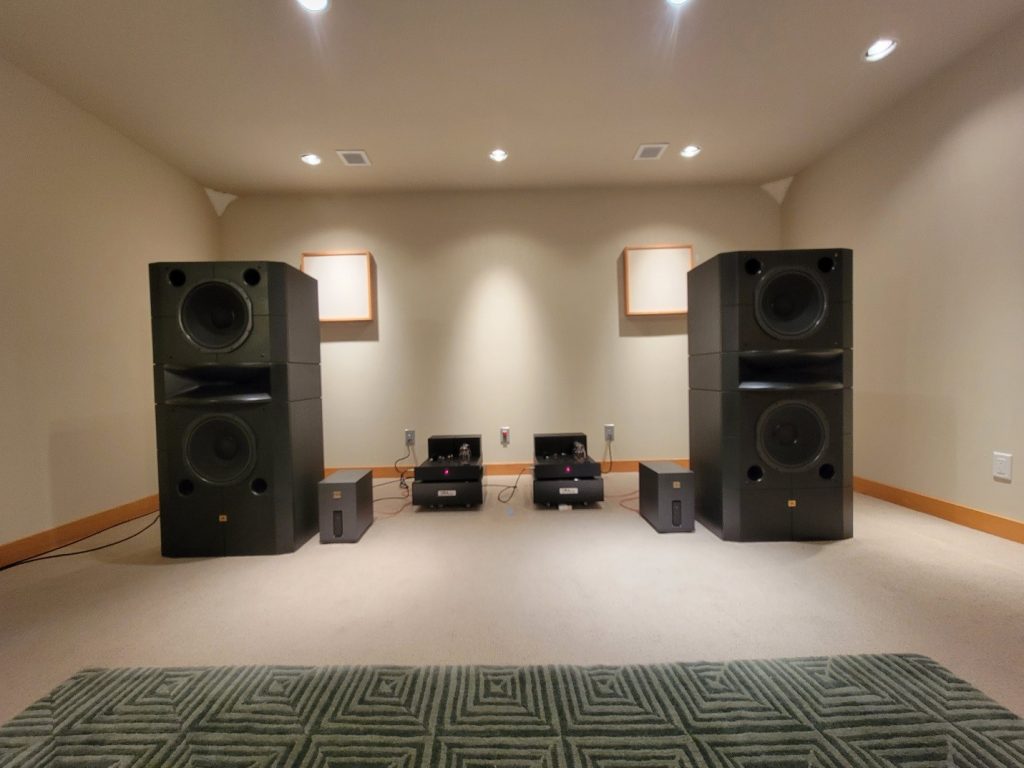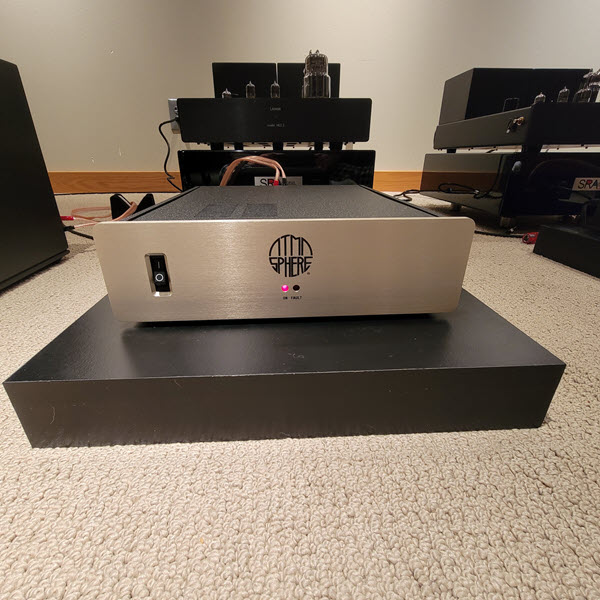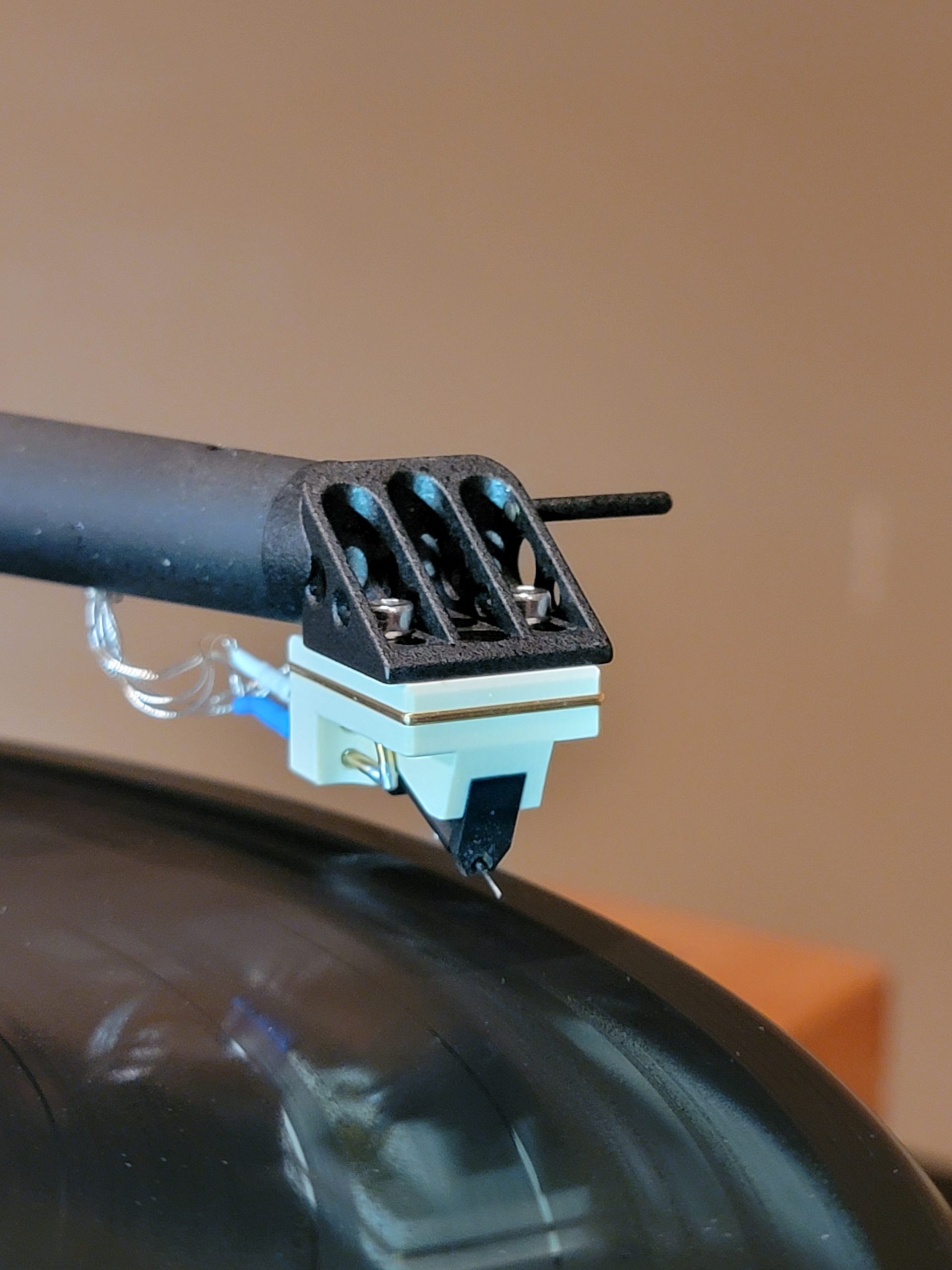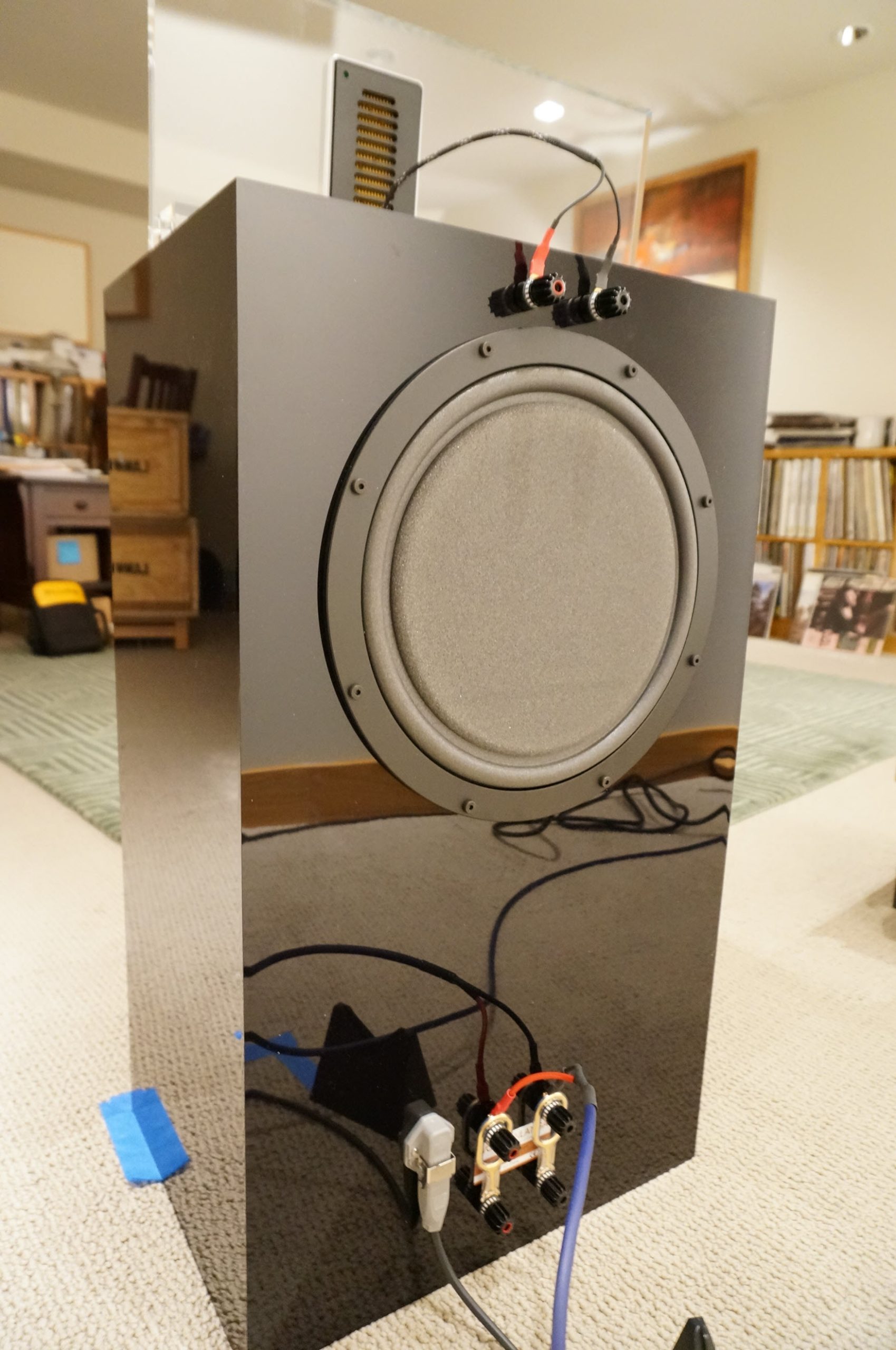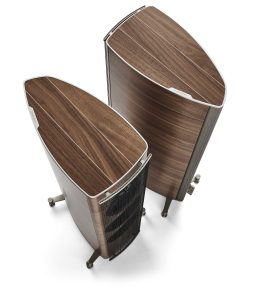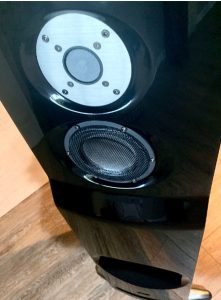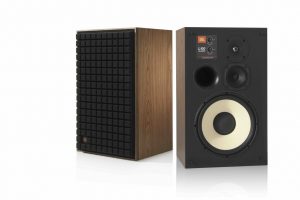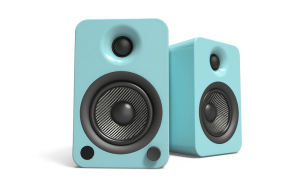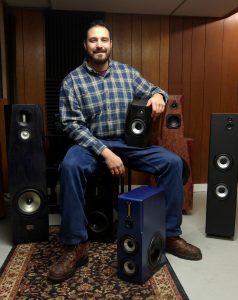"Whattya got in these things—gold bars?" chortled the mover; he and his partner grappling the last of the heavy crates around the turn in my staircase. "Nah, better than gold," I replied, electric drill in hand. "These are stereo speakers." His eyes went wide. The Wilson Audio Alexia Series 2 had arrived, and in the nick of time. John Giolas, Wilson Audio's Marketing Director would be here in less than 24 hours to perform the traditional Wilson custom set-up. Having saved my back, I paid the movers and got to work, carefully removing the speakers from their crates and wheeling them into my audio room. It was exciting. How much more fun can an audiophile have than getting a new set of speakers?
Not only did the Alexias get here when they needed to be, they were, as Paul Simon once sang, born at the right time. Wilson tends to build its speakers to a platform size not to a price point; this means design and technology can (and does) trickle up and down their lineup. The first Alexia drew from both Wilson's Alexandria XLF and the original Sasha W/P. The Alexia Series 2 ($57,900) could not happen without the innovations implemented in the acclaimed Alexx loudspeaker released in 2016 and without the Series 2's development at the same time as Dave Wilson's piece de resistance, the WAMM Master Chronosonic.
With ideas from the Alexx and WAMM in mind, Wilson Audio's new CEO, Daryl Wilson, along with engineering director Vern Credille, and their team, scoured every inch of the original Alexia for opportunities to improve it. Equally important was preserving the original's appeal. Darryl shared his goals for the Series 2: i) tighter, deeper bass, ii) a more open mid-range, iii) high-frequencies with increased detail, space, and expression, iv) a speaker easier to interface with a greater number of rooms, and v) an Alexia with softer visual touch and refined, more beautiful aesthetics.
At a quick glance the Series 2 looks a lot like the original Alexia—a medium-sized two woofer cabinet mounted with a midrange and tweeter in their own enclosures. Walking around the speaker for a closer look reveals this new Alexia to be less boxy with a sense of muscular grace, its head-on profile visually bearing a slightly slimmer appeal that belies its dimensions. The width of the Series 2 remains the same and it is a mere four centimeters deeper than the original. While each cabinet of the speaker is new, the Series 2 easily slips into the place of an original Alexia or Wilson Sasha.
To contrast visually with the first Alexia, the Series 2 woofer cabinet now rakes back by three degrees, its wings slightly softened where it cradles its midrange enclosure. The woofer grill appears a wee bit less tapered and is flat across the bottom. The tweeter enclosure is slightly rounder on top. Almost gone is the light gap between the woofer and midrange cabinets of the original. The Series 2 offers a cleaner more integrated appearance across its modules.
Around back, a cool looking metal and glass insignia plate fits like a grill cover to the cabinet, allowing a look at the speaker's in-line resistors beneath it. The aluminum port is a touch softened and moved to the middle of the woofer box. A single horizontal slot replaces the side by side vents of the original's midrange cabinet. Wilson's famous automotive-grade paint finish tops it all off. The individual changes are subtle, yet overall the new Alexia has a flow and elegance that looks refined and more of a piece.
The Series 2 exterior only hints at significant changes inside. Inside the woofer cabinet with its 8 and 10-inch paper pulp woofer cones (shared by both versions), the first Alexia used a sealed chamber to route the mid-range and tweeter wiring from the crossover through open holes out the top. That sealed wiring chamber allowed controlled air excursion through the rear port and not through the open holes where the wiring exited. The new Alexia utilizes WAMM-derived gas-tight metal hardware for the wire exits, eliminating the need for the sealed chamber. This change increased internal cabinet volume by over ten percent. That larger volume called for optimization of the crossover design to the response of each driver within the additional space, giving the drivers the freedom to work and to respond to the musical signal in the woofer frequency band. One result here is improved tonal quality.
Wilson makes the woofer cabinet with their proprietary X-material. This is a dense composite of mineral polymers, carbon, and cellulose bonded under extremely high pressure. Designed specifically for speaker cabinets, X- uniquely combines damping and rigidity to yield a narrow band of monotonic resonance. The Series 2's larger cabinet volume contains a new internal cross bracing strategy and the addition of material at the cabinet's joints. Adopting technology from the Alexx for mounting the low frequency crossover allowed engineers to fix the cabinet's steel-hard X-material bottom plate in place with adhesives stronger than the material they joined. This yielded a one piece six-sided enclosure with even greater rigidity and, reduced resonance. Improved energy drainage to the floor comes from spikes fitted into new larger diodes (taken from the WAMM) attached to the underside of the cabinet.
On top of the new woofer cabinet is an aluminum stepper platform for rake adjustment of the midrange enclosure along with metal slots that hold the midrange cabinet's small footer spikes. These allow it to move fore and aft. Beneath these metal pieces is Wilson's newest composite, W-material, so-named for its tie to the WAMM. W-material has unique damping properties that convert vibrations into heat. It aids energy removal from the midrange while further reducing resonance in the woofer enclosure.
The Series 2 receives the seven-inch midrange driver used in the Alexandria XLF, Alexx, and the WAMM MC. Its cabinet volume is over twenty-six percent larger. The enclosure features improved internal bracing and complex geometrical patterns are milled into its interior walls. According to Wilson "these patterns improve internal diffusion and dramatically reduce unwanted reflected energy inside the cabinet." A single slotted horizontal vent improves air flow. The midrange baffle uses Wilson S-material. This composite is optimized for the midrange bandwidth with damping properties offering a lower resonant frequency than X-material. Here too the increased cabinet volume led to crossover tuning to enable improved integration of the mid and high frequencies.
As found in the WAMM and the Alexx, Wilson's latest one-inch silk-dome tweeter is used in the Alexia Series 2. Designated as the Mark V Convergent Synergy Tweeter, this Wilson design has its magnet, dome and flange manufactured by Scan-Speak, with Wilson supplying the rear elements and finishing construction. We'll get to sonic impressions in a moment but I'll tell you right now: the evening before the official setup, when I played the new speakers for the first time to confirm proper connections, that new tweeter immediately turned my ear when gorgeous, articulate and grain-free high notes from the piccolo solo in Tchaikovsky's Fourth Symphony spilled into my listening room.
The original Alexia received high praise for its independently adjustable tweeter and midrange modules fitted to a living room size form factor. Both enclosures adjust fore and aft and also rotate on their vertical axises. To achieve life-like sound reproduction Wilson believes "timing accuracy is as important as frequency response and more important than phase coherence." Using measured listener-speaker distances with calculated time alignment charts provided in the manual allows adjustment of those modules for optimized propagation delay and focus, thus enabling the speaker's use in a wide variety of room shapes and sizes. The Series 2 dramatically improves temporal accuracy and focus with finer-grained adjustment increments for the tweeter module. Combine these changes with the crossover optimization for larger cabinet volumes, the structurally more inert enclosures, the rake of the woofer cabinet for more accurate time alignment (with less over hang between the woofers and the midrange,) and they add up to a new speaker with overall driver integration that is considerably more of a piece than the already coherent original.
Reviewing specifications for the two Alexias finds Series 2 with 1dB lower sensitivity (89dB versus 90dB for Alexia 1), both with a nominal impedance of 4 ohms. However, Series 2 is a bit more amplifier friendly with a minimum impedance of 2.54 ohms @ 85Hz versus 2 ohms @ 80Hz for the original. Frequency response for Series 2 is 19Hz – 32kHz, similar to the first model's 20Hz – 32kHz, both +/- 3dB.
During setup, John Giolas dialed in tweeter positioning while we listened to "Guarda Che Luna" from the first Musica Nuda album [Fonè 106]. "Now she's too tall," I exclaimed about the height of Petra Magoni's mouth. John adjusted the tweeter angle down by a single notch to bring Petra to proper height. These speakers present performers in the vertical as realistically as they do the horizontal. Overnight I had run chamber music through them to open up the drivers. Even when I was not in the listening chair I could hear the Series 2 gaining focus over the originals as John moved them in quarter-inch increments. With slightly less toe-in on the left speaker, the new Alexias spotted very close to the position of my first pair, where John set them up four years ago. When it came time to take off the casters and plant the speakers, we opted for the WAMM derived heavier diodes and spikes instead of the aftermarket footers I used on my originals.




